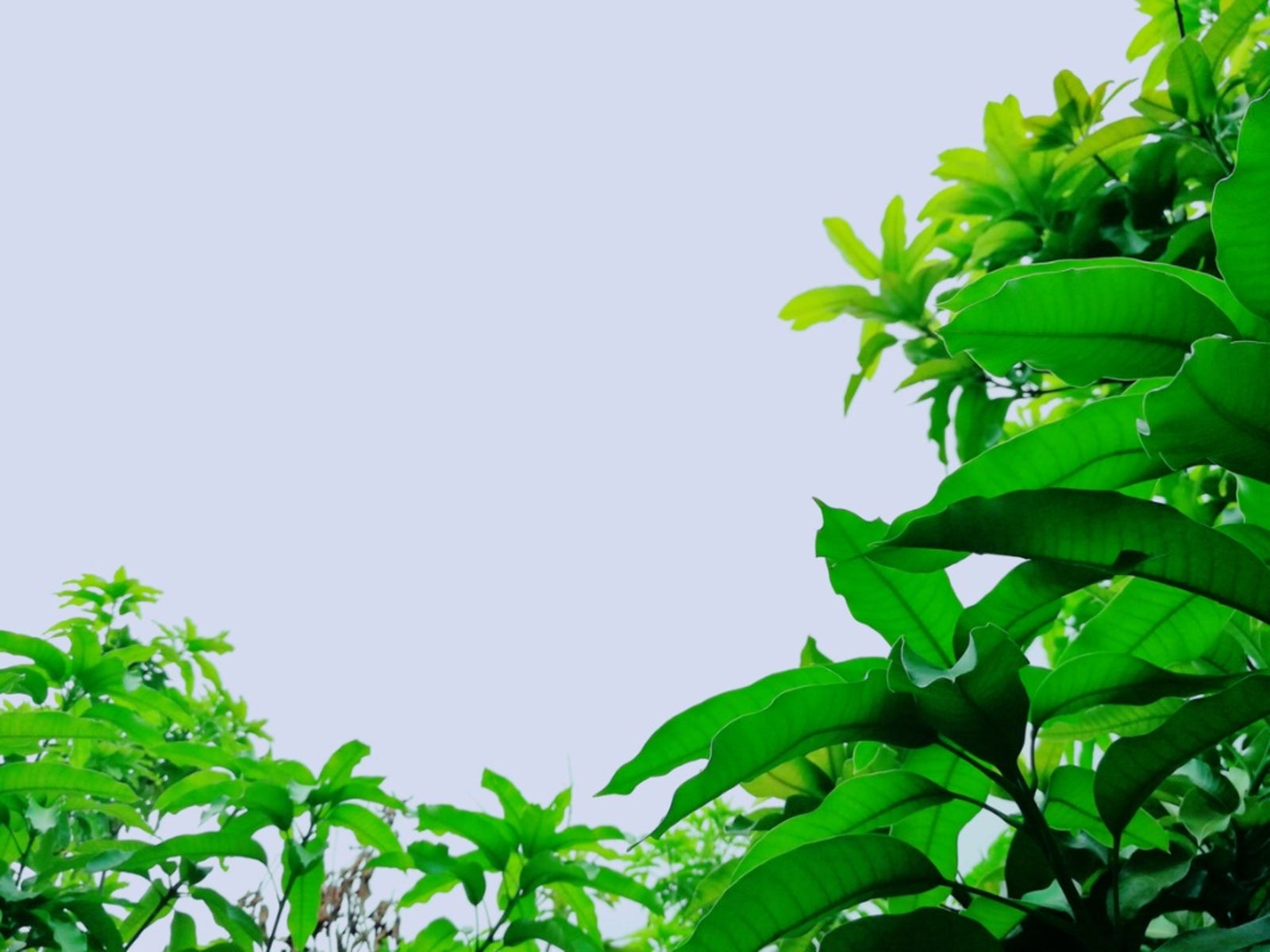No Flowers On A Plant: Why A Plant Does Not Bloom


Getting a plant to flower can sometimes seem like a daunting task. If you find that you have no flowers on a plant, the cause is usually related to a number of issues that include anything from a plant's age to environmental and cultural factors, as well as poor pruning methods. When a plant does not bloom, this normally indicates that there are other issues causing problems.
Common Reasons Why a Plant Does Not Bloom
There are numerous reasons why plants may not flower. Here are the most common reasons for non-flowering in plants: Age-- In many cases, a plant is simply too young to bloom. In fact, it can oftentimes take up to two or three years for some plants to mature, and others may take even longer to bloom. Flowering can also be altered on grafted plants, depending on the age and type of rootstock used. In addition, some plants, like many fruit trees, only flower every other year. Environmental/Cultural issues-- Sometimes when you have plants not flowering, it's due to environmental or cultural issues. For instance, light can play a huge factor in whether or not a plant will bloom. Some plants, like poinsettia, require prolonged periods of darkness to induce flowering. Most, however, need at least six to eight hours of sunlight before blooming takes place. Temperature-- Temperature also affects blooming. Low temperatures can quickly damage or kill flower buds, resulting in no flowers on a plant. In some cases though, a plant needs to go through a cold period to provoke flowering. This is true of many spring-flowering bulbs such as tulips. In addition, the bloom cycle can be disrupted by extremes in temperature, moisture levels, humidity, and winds. Poor pollination-- A lack of adequate pollinators can inhibit both flower and fruit production. Oftentimes, weather can be a factor here, as windy, cold, or wet weather can limit bee activity resulting in poor pollination. Hand pollinating plants can help as can encouraging additional pollinators to the area. Nutrient imbalance-- Too much nitrogen can result in lush, green growth but too much can also reduce flowering. Too little phosphorus can also be the cause for plants not flowering. Improper pruning-- Pruning is another factor. If not pruned correctly or at the appropriate time, especially with plants that bloom on new wood, flowering can significantly be reduced.
Getting a Plant to Flower
While we cannot control things like age or weather, we can fix factors such as light, fertilizer, and pruning. For example, if your plant is not blooming because it is not getting enough light, you can simply move it to a more appropriate location. If too much nitrogen is to blame, back off fertilizing and wash away excess nitrogen by soaking the plant with water. Then resume fertilizing with a bloom-boosting fertilizer that increases phosphorus. Learning how and when to prune plants will not only keep them healthy and attractive but will also prevent bud formation from being disturbed. While it can no doubt be disconcerting when a plant is not blooming, a little patience may be in order, especially when Mother Nature is to blame. Otherwise, becoming familiar with the most common causes that inhibit flowering can help with alleviating any future problems.
Gardening tips, videos, info and more delivered right to your inbox!
Sign up for the Gardening Know How newsletter today and receive a free copy of our e-book "How to Grow Delicious Tomatoes".

Nikki Tilley has been gardening for nearly three decades. The former Senior Editor and Archivist of Gardening Know How, Nikki has also authored six gardening books.
-
 Looking For Plants To Give You The Soft And Fuzzies? Try These 5 Fuzzy Leaf Plant Options
Looking For Plants To Give You The Soft And Fuzzies? Try These 5 Fuzzy Leaf Plant OptionsLovers of texture, drama, silver foliage and tactile plants will adore these special sensory garden additions. These fuzzy leaf plant options will leave you all aglow
By Susan Albert
-
 Get Ready For A Summer Of Hummers! Grow These Full Sun Hummingbird Plants and Flowers
Get Ready For A Summer Of Hummers! Grow These Full Sun Hummingbird Plants and FlowersIf you’re lucky enough to enjoy a sunny backyard, make sure you are maxing out on your pollinator opportunities and grow these full sun hummingbird plants and flowers
By Tonya Barnett